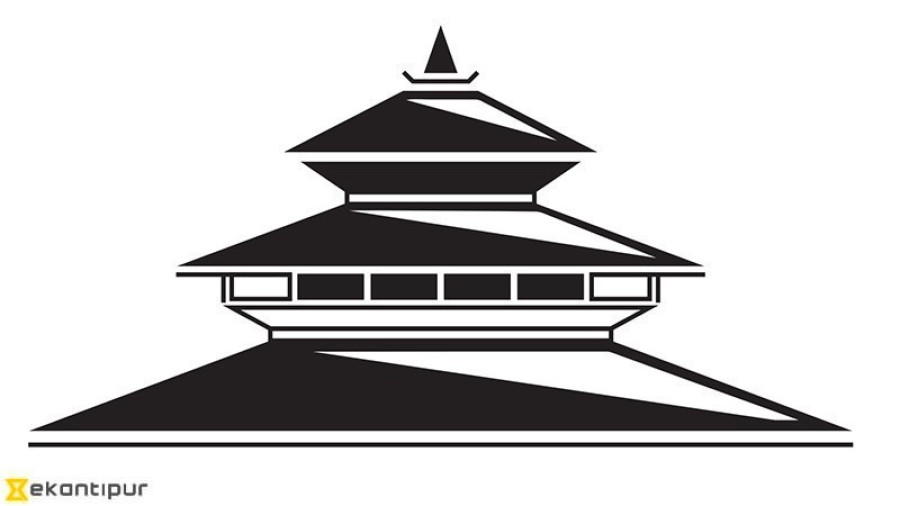Editorial
Right of way
Huge infrastructural shortfalls make the Capital difficult for pedestrians to navigate
With the Metropolitan Traffic Police Department’s zero-tolerance policy against jaywalking, the pedestrians on Kathmandu’s streets have been placed in a tricky situation. According to the Motor Vehicles and Transport Management Act-1993, pedestrians found to be flouting traffic rules could be fined anything from Rs200 to Rs1000. However, the abysmal state of road infrastructure makes it next to impossible for them to follow traffic rules.
According to MTPD data, pedestrians account for 40 percent of fatal road accidents. The MTPD believes that rules penalising jaywalkers will bring down the rate of accidents. The zero-tolerance policy was put into effect on May 30, and the MTPD was quick to release data on the number of jaywalkers it took action against. On the first day itself, the MTPD reported that 2,519 jaywalkers were booked and Rs346,600 was collected in fines; an additional 786 people who were unable to pay the Rs200 fine were given a half-hour lecture before being released. The figures might look impressive, but they do not paint the whole picture. These numbers fail to account for the dismal state of the roads that make it so difficult for pedestrians to comply with traffic rules.
The intent behind the initiative—ensuring public safety and instilling civic discipline—is indeed laudable. But before proposing such policies, concerned authorities should have ensured that the infrastructure necessary for their effective implementation is in place. The shortcomings of the MTPD’s initiative are glaringly obvious. The Capital has only about 107 zebra crossings, more than half of which are barely visible; the MTPD has now resorted to pasting flex print outs at places where the zebra crossings have faded. The city has only eight overhead bridges. More than 90 percent of traffic lights installed at various junctions are defunct. Not all vehicle drivers are aware th at pedestrians have the right of way at controlled intersections and marked crosswalks. Recently, there have been a couple of pedestrian fatalities on zebra crossings.
Because of such inadequacies, similar previous MTPD’s initiatives against jaywalking had fizzled out. To ensure that the current initiative doesn’t suffer the same fate, Kathmandu has to be made much more pedestrian friendly. The government needs to address the huge infrastructural shortfalls that make Kathmandu difficult and dangerous for pedestrians to navigate. Educating people on the importance of proper road use is also essential. Rules, regulations and fines are inadequate responses to a problem that requires a much more comprehensive policy approach.




 9.12°C Kathmandu
9.12°C Kathmandu












%20(1).jpg&w=300&height=200)

